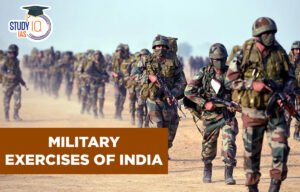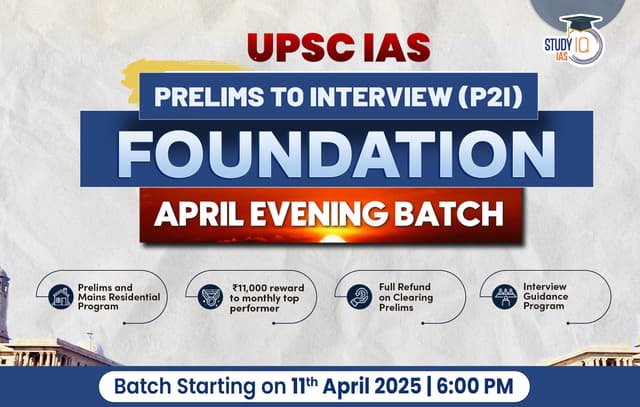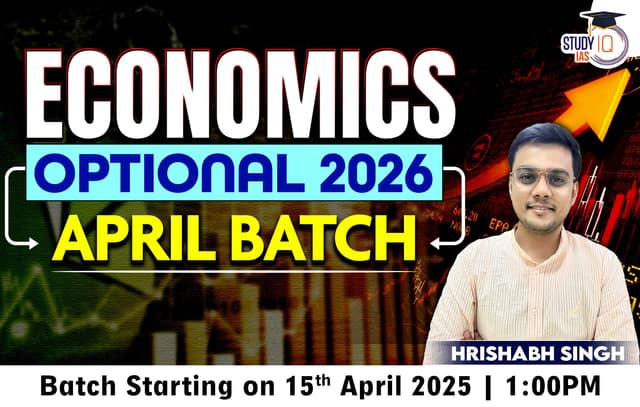Table of Contents
Out of Pocket (OOP) Expenditure
Context: Low public spending results in high out-of-pocket costs for households.
Current Health Spending
- Total Health Spending: 5% of GDP
- Public Health Spending: 35% of GDP
- This disparity highlights the low government investment in health, which has remained static at around 1.12% to 1.35% of GDP since 2010, despite increasing central budget allocations for health from ₹25,133 crore in 2012-13 to ₹86,175 crore in 2023-24.
Impact of Economic Policies and Pandemics
- The consecutive occurrences of demonetization, GST implementation, and the COVID-19 pandemic have had detrimental effects on economically vulnerable households.
- With high costs of living and stagnant wages, 4% of rural households and 8.5% of urban households had to borrow money to pay for medical expenses.
- Additionally, an estimated 60-80 million households have reportedly fallen below the poverty line due to medical expenses, reflecting a significant healthcare affordability crisis.
Geographic Disparities and Inadequate Infrastructure
- There is a marked disparity in health infrastructure and resources across different states, with poorer states like Bihar, Uttar Pradesh, Madhya Pradesh, Odisha, Rajasthan, Chhattisgarh, Jharkhand, and Assam experiencing shortages far above the national average.
- These states face a 30% shortfall in facilities and human resources compared to better-funded regions.
Recent Financial Interventions
- Recent positive developments include loans from the World Bank ($65 million) and the Asian Development Bank ($175 million) aimed at enhancing district-level health infrastructure, such as disease surveillance labs and ICU setups in larger districts.
- Despite these measures, there is an urgent need for substantial investment in basic health infrastructure across critical states.
Budget Expectations and Allocations
- The upcoming budget cycle carries high expectations for an increase in health funding.
- However, past trends have shown only marginal increases relative to GDP.
- States have also underperformed in their health spending, allocating only about 5% of their revenues to health against a targeted 8%.
Proposed Fiscal and Policy Reforms
There is a call for the government to:
- Substantially increase the health budget, especially for the National Health Mission (NHM).
- Allocate all money collected from the 4% health cess (totalling ₹69,063 crore, of which only 25% has been transferred to the Health Ministry) to the health budget.
- Rationalise GST levies on health-related products and services, such as reducing the 18% GST on health insurance premiums and the 5% GST on essential medical supplies like insulin.
High Seas Treaty
Context: India has announced its decision to sign and ratify the High Seas Treaty.
What is the High Seas Treaty?
- Officially known as the agreement on Biodiversity Beyond National Jurisdictions (BBNJ).
- Negotiated in March 2023.
|
Fact |
|
- Framework: Most notable governing law is the UN Convention on the Law of the Seas (UNCLOS), which outlines rights, duties, and principles for ocean conduct.
- Once ratified, the High Seas Treaty will operate under the UNCLOS framework, becoming one of its implementing instruments.
Key Provisions of the High Seas Treaty
- Marine Protected Areas: Aims to define and establish marine protected areas in biodiversity-rich zones under stress.
- Benefits Sharing: Ensures benefits derived from ocean life forms, such as drug development, are considered global commons, free from intellectual property rights, and equitably shared among all.
- Implementation: Treaty becomes international law 120 days after at least 60 countries submit their ratification documents.
- Currently, 91 countries have signed the treaty, but only eight have ratified it.
- Implementation will be a significant milestone in protecting ocean biodiversity and promoting sustainable marine resource use.
Other Conventions Related to Seas
- Convention on Continental Shelf 1964: Defines and delimits the rights of states to explore and exploit natural resources of the continental shelf.
- Convention on Fishing and Conservation of Living Resources of the High Seas 1966: Addresses conservation problems of living resources of the high seas, particularly due to modern technology leading to potential overexploitation.
- London Convention 1972: Promotes effective control of all sources of marine pollution and steps to prevent sea pollution by dumping wastes and other matters.
- MARPOL Convention (1973): Addresses pollution of the marine environment by ships from operational or accidental causes.
- Lists various forms of marine pollution, including oil, noxious liquid substances, harmful substances in packaged form, sewage, and garbage from ships.
Trade Policy
Context:
- India has shown resistance to expanding the World Trade Organization’s (WTO) negotiation agenda.
- However, this approach may hinder opportunities in emerging fields such as the digital economy and high-tech manufacturing, crucial for India’s Vikas Bharat vision for 2047.
What are the Opportunities?
- Digital Economy and High-Tech Manufacturing: Embracing new technologies offers significant growth potential.
- The rise of the digital economy and high-tech sectors aligns with India’s vision to become a technology-driven developed economy (Vikshit Bharat) by 2047.
- Export Growth in E-commerce: Current e-commerce routed exports are $3.0-3.5 billion, only 1% of total exports.
- With global e-commerce exports projected to reach $2 trillion by 2030, India’s relatively small current share presents a huge opportunity for expansion and increased contribution to the country’s overall exports.
- Global Investment Appeal: India’s position as the 3rd-largest recipient of FDI in 2022 highlights its attractiveness as an investment destination, providing opportunities to further enhance foreign investments, especially in manufacturing and technology sectors.
- Environmental Leadership: India’s commitment to achieving net-zero carbon emissions by 2070 and its ongoing environmental initiatives provide a platform for leadership in sustainable development on the global stage.
Need For Policy Predictability
- Export-led Growth Model: Emphasis on maintaining the right to pursue domestic policies should shift to ensuring policy predictability in key markets like the US, EU, Japan, and other emerging economies.
- Active Participation in WTO: India’s hesitancy should be shed, and it should actively participate in negotiations concerning e-commerce, trade, climate change, and investment facilitation.
- Historical context differs significantly from today’s landscape, requiring adept management of growth trajectories with a focus on digitization and sustainable development.
Future Directions
- Importance of WTO Participation: Crucial for successful bilateral engagement with major markets.
- Allows India to build a leadership position in the Global South.
- Trade-to-GDP Ratio and Economic Goals: Trade-to-GDP ratio surged from 12% to 23% between 2000 and 2007, stabilising at this level.
- Aiming for a higher trade-to-GDP ratio (30-35%) to achieve export targets and accelerate GDP growth.
- Proactive Engagement Strategy: Demonstrated through active participation in G20 forums and bilateral trade and investment negotiations.
- A similar strategy should be extended to WTO negotiations to achieve national economic development objectives.


 Utkal Divas 2025: Odisha Foundation Day ...
Utkal Divas 2025: Odisha Foundation Day ...
 List of Military Exercises of India 2024...
List of Military Exercises of India 2024...
 GPS Spoofing and Its Impact in India: A ...
GPS Spoofing and Its Impact in India: A ...





















